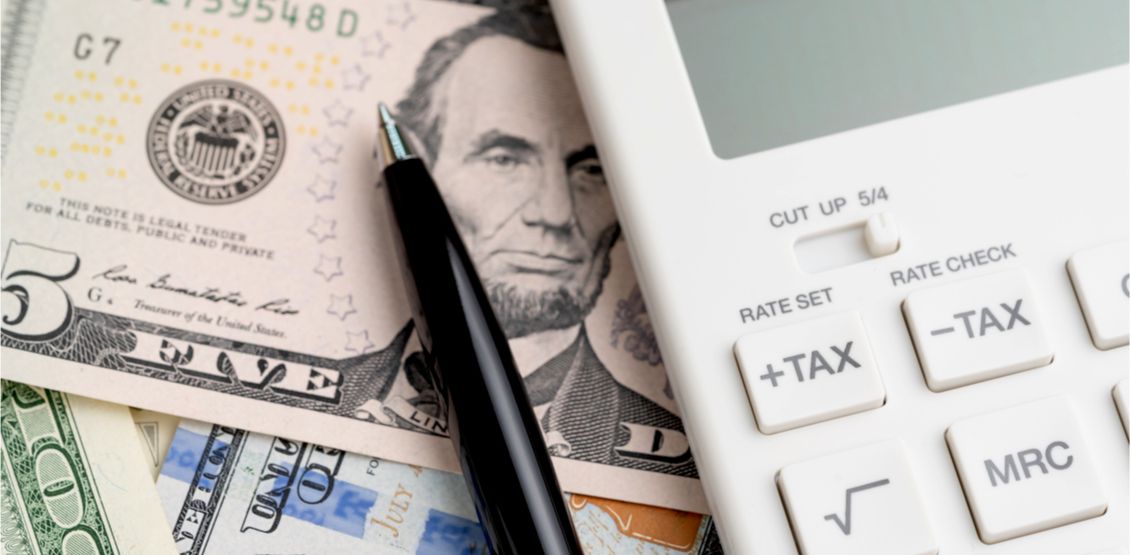Most people are familiar with the concept of sales tax: you purchase something in your home state, or from a merchant who has what is known as “nexus” (a business presence) in your state, and you pay a local prevailing tax rate on this purchase. But many people aren’t as familiar with its close cousin, the use tax. In this article, we’ll look at how use taxes work – and how to calculate them for your own business transactions.
How Use Tax works
A use tax, simply put, is a tax YOU pay to YOUR locality for purchases made out of state. According to Investopedia, “Use tax is a sales tax on purchases made outside one’s state of residence for taxable items that will be used, stored or consumed in one’s state of residence and on which no tax was collected in the state of purchase.”
The use tax rate is normally your combined state and local tax rate. Currently 45 states have use tax laws, in most cases applying to both businesses and individuals. Not every purchase is necessarily subjected to use tax: for example, Washington state does not impose a use tax on farm products or health-related purchases, and California does not tax groceries purchased out of state. In general, however, the purpose of a use tax is to protect states from lost sales tax revenues on out-of-state purchases.
Some states take a pragmatic approach to collecting use taxes, given that they depend on purchasers for compliance and are often hard to track. In New York, for example, individuals can pay a flat fee on their annual tax returns estimated from your adjusted gross income, as long as none of their individual purchases exceeded $1000. For businesses and larger purchases, however, this tax must be calculated based on actual purchases, using the local tax rate where the product or service was delivered.
In general, retailers are not required to collect or pay use taxes, with the responsibility falling to the purchaser – however, there are exceptions we’ll discuss next, pertaining to the growth of online retailing.
Tax collection and online shopping
There is one major exception to the rule that use taxes are paid by the purchaser, and this involves specific state laws designed to enforce tax collection from online retailers. These so-called “Amazon laws” grew in response to a legal precedent set in a 2018 Supreme Court ruling involving a case between the state of South Dakota and a group of online retailers, ruling that states had a right to mandate sales tax collection from retailers that did not have a physical presence or nexus in that state.
As a result, there are increasing requirements for out-of-state entities to collect sales taxes from their purchasers. Here are three of the main ones:
- Several states now have a blanket requirement for tax collection from out-of-state sellers. In some cases this is subject to a threshold volume of business in their state – for example, Texas has a threshold of $500,000 per year, while Kansas has no threshold and does not exempt small sellers.
- Some states such as Massachusetts now use the concept of “cookie nexus” to define having an online presence in their state as being considered nexus for sales tax purposes.
- Currently, 14 states require marketplace facilitators – such as Amazon.com, which acts as a marketplace for other independent sellers – to collect sales tax for purchases in that state.
Each of these cases are exceptions to use taxes on out-of-state purchases: they are collected as sales taxes at the point of purchase by the seller. Between laws such as these, online sales are increasingly subject to sales tax – Amazon, for example, now collects sales tax for sales to 45 states. This means that increasingly, use taxes are an issue for business-to-business purchases or major purchases that fall outside the domain of online sales.
How we can help
Our DOTS FastTax product provides easy, detailed calculation of use tax rates for US addresses, including rates for incorporated versus unincorporated areas. In most cases, use tax is simply calculated by using the delivery address for the product or service. FastTax uses continually updated data for over 130,000 rates from tax authorities to compute accurate state, county and local taxes, combined with our industry-leading address validation capabilities.
FastTax is an API-based product that can be integrated with most popular business automation platforms, or used as a standalone product. Want to give it a try with your own applications? Visit our product page to get a free 500-transaction key, with no obligation, and see how we can make your tax calculations less taxing.













